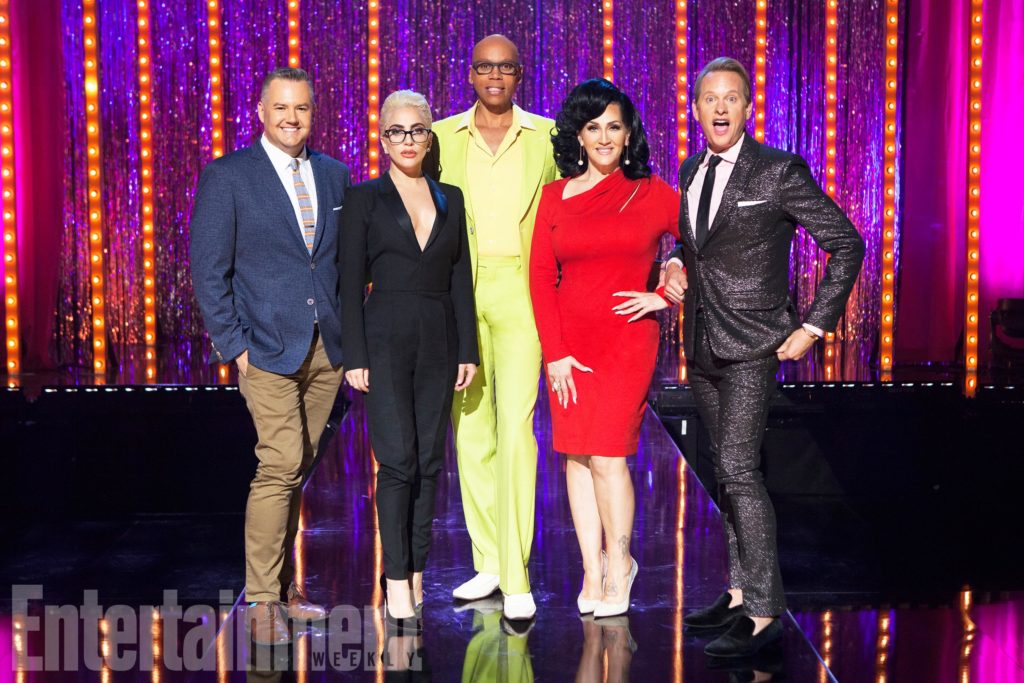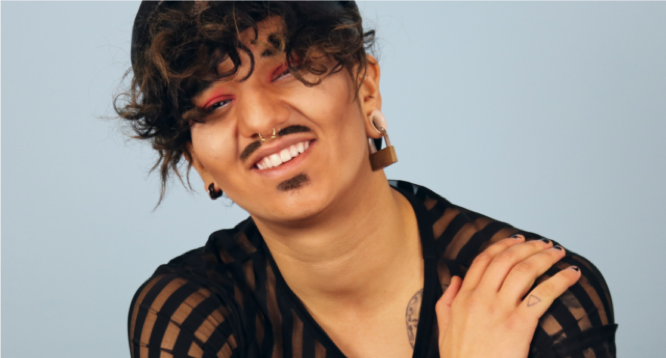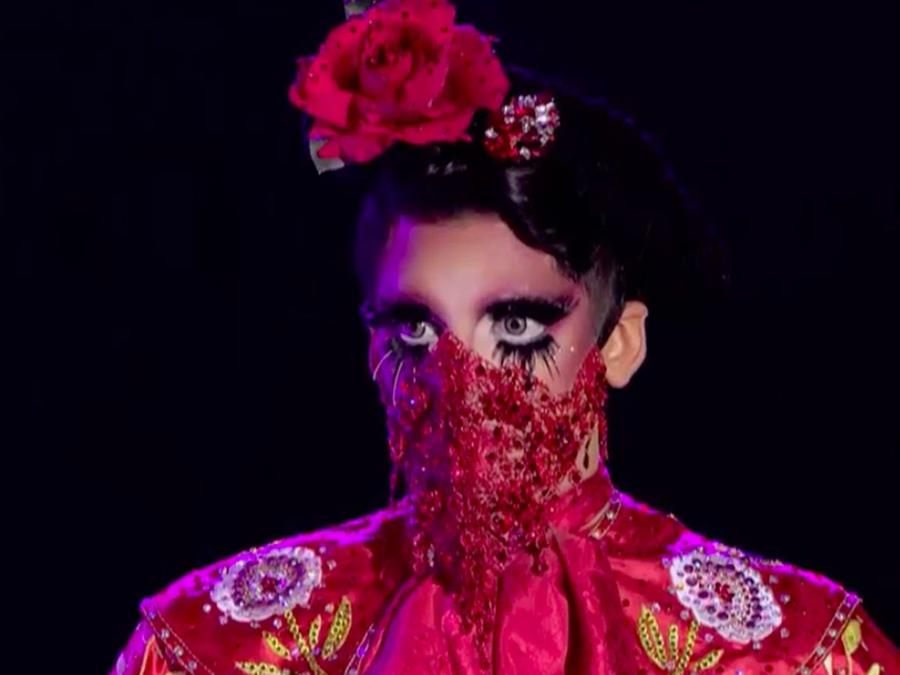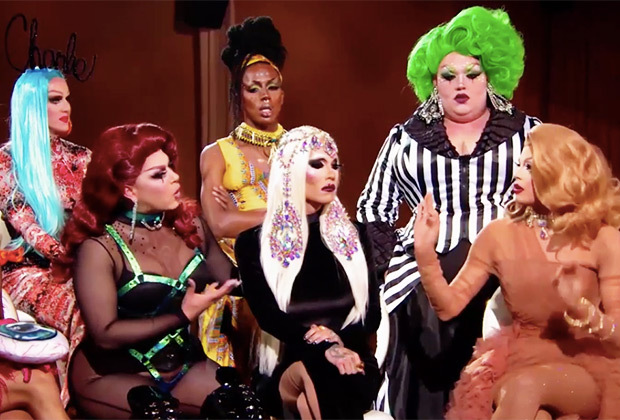Is Ru Paul’s interpretation of drag problematic?
Drag queens and drag culture are more in the spotlight than ever with the help from a show called RuPaul’s Drag Race. Drag race consists of multiple contestants competing to be the next drag superstar. Throughout the show we see queens go all out but still be sent home. Why? Because even though RuPaul is supportive and kind, they somehow don’t fit his idea of what a superstar queen should be. The question I look to answer is, how or why is RuPaul’s interpretation of drag problematic? Drag is an ever-evolving expression of gender. Drag is a subjective and personal experience for every artist, who is Ru to tell them they’re wrong?

People tuning in and seeing Drag Race with no inside perspective, or really any other experience with drag are likely to believe that what they see is all there is. That there are no other forms of drag, that drag is only glamour and fun. That isn’t the case for many queens including Chiyo Gomes. In an interview, Chiyo Gomes identifies as a drag king who was assigned female a birth. They got into drag via sex work but soon it became a seamless part of their personality. They describe drag race and a lot of other gay men as being misogynistic despite being feminine and it prevents drag kings from ever appearing on show. (Link to article and interview with Chiyo Gomes)

Having read about and watched this interview, this is the initial content that piqued the intital interest in taking such an adverse stance on RuPaul. Chiyo made a good point that Ru wouldn’t understand drag from other places because it was different than what is seen on the show. Chiyo says that many think that being beautiful is having an hourglass figure and big breasts. The beauty standards set by the drag community, and drag icons such as RuPaul, creates a barrier in drag for those who cannot achieve or do not wish to achieve those standards. Chiyo argues that Drag Race is reinforcing an American socially constructed beauty standard that is harmful to women and the drag community.

Research done by Strings and Long (2013)focuses on “realness” and how is interpreted. The reality TV genre follows an economy where certain figures and bodies are loaded with more invective than others. Shows like RuPaul’s drag race are among those that incentivize looking a certain way. The article goes on to explain that the first season of RuPaul’s Drag Race, “queer legitimacy” and “successful drag” are terms used to describe queens who messily cross boundaries. Their drag performances are viewed as more successful and, ironically, most subversive are those where stereotypes are used.
More on sterotyping, a biography written by Elizabeth Schewe (2009)points out that while RuPaul is famous, he models his drag after Barbie dolls and supermodels, which bring to mind tall, thin, and oozing sex appeal. It is noted that these goals are usually unattainable ideas of what femininity is. Critiques of drag and female impersonation tend to lean towards saying the people who perform come from a place of power and can even “erase women.”E

RuPaul’s view on drag has been expressed in many different areas, some of which get turned around in ways he didn’t intend. An article by Schultz (2018) dives into some of the many times RuPaul has made comments that seem to represent drag in a very narrow light. While hoping that Drag Race would usher in a new era, the Schultz talks about how despite being progressive, there are still over abundant instances of symbolic gender violence. A comment made by RuPaul went as far as saying he would never allow trans individuals on the show because its comparable to athletes taking performance enhancing drugs.
Interested in more? Here are a few more sources!
RuPaul: Stereotype Propagator or Gender Revolutionary?
New boys in town: The drag kings rewriting the rules of masculinity
RuPaul comes from a generation that has different views about what drag is compared to what younger generations view drag is now. There is a bit of a disconnect in what kind of drag is shown on the show, and it is only limited to queens. I wish there was a way to show the mainstream population that watches RuPaul’s show to see the spectrum of drag.
I really enjoyed reading your post as some of your thoughts on the show are similar to mine. In the beginning, I had no idea what drag was all about so it is normal for a person to believe that drag is depicted correctly on the show. After watching that interview, I realized that it is more about the glam and fashion and wanting to be this perfect image of a drag queen. It is much more than that. Thanks for making such a informative post!
My thoughts about RuPaul have shifted dramatically over the semester and this post really seals the deal with how I feel and that okay. I think it is vital how you brought up RuPaul basing his drag off of Barbie dolls and their a definition of beauty on the show and I agree with you when you say it is “unattainable ideas of what femininity is”. I found the related sources to have some very informing content on them as well! well done!